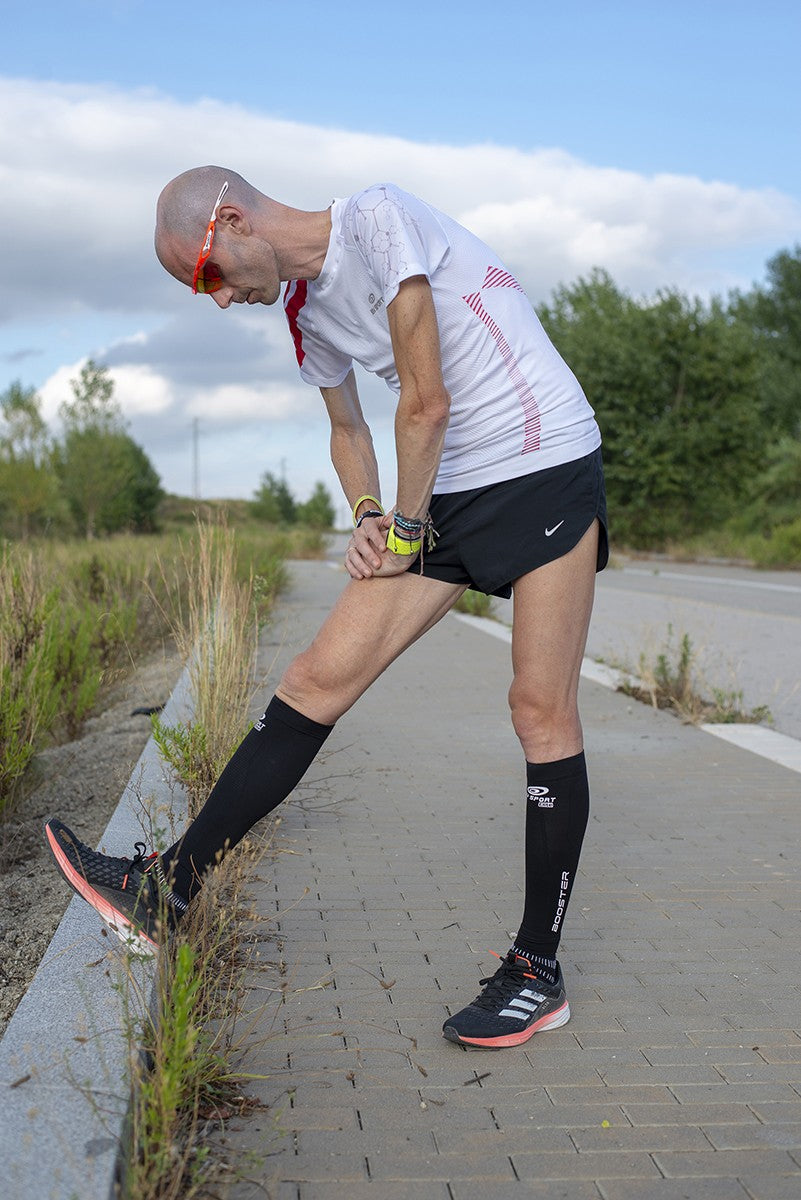Articulos relacionados
Nuestros contenidos
Subscribe Us
Subscribe to our newsletter and receive a selection of cool articles every week
How to gain muscle elasticity?

FREE SHIPPING
15 DAY TRIAL
THE ONLY ONE WITH 3 YEARS WARRANTY
TEL: +34 617 806 923
Subscribe Us
Subscribe to our newsletter and receive a selection of cool articles every week

The first thing we have to be clear about when we talk about muscle elasticity, is that elasticity is not the same as muscular flexibility. These are terms that are usually confused or thought to be the same. When we talk about muscle elasticity, we refer to the ability of the muscles to muscles to stretch and regain its initial size. Next we will see the answer to the question: How to gain muscle elasticity?

If we refer to muscular flexibility or of another type, we are talking about the ability of a muscle to be able to carry out movements with the maximum possible amplitude, but always without causing any damage to them. Most people notice how often as they add years, they lose the elasticity that their muscles had when they were younger. We are all surprised when we see children with great elasticity. However, this bodily quality is lost with age, and although it may seem like an inevitable process, we can avoid it. Maybe not completely, but we can keep our muscles more elastic and in better condition.
The importance of muscle elasticity
In the case of sports, often due to lack of time we overlook muscle elasticity exercises. This is not a good idea, since with them we will achieve greater movement capacity. These factors will allow us to perform at a higher level in any sport or activity we do. Many times we prefer to run one more kilometer, than to end the training and spend that time trying to recover the elasticity of our muscles.

From my experience as a "popular runner" I recommend you to include it in your training routine, and little by little to give them more movement and, incidentally, we prevent as far as possible the shortening they suffer with the repetition of a specific movement that we perform in our favorite sport.
That is to say, in my case, with the gesture of running, repeated every day and during each stride, I cause a shortening of my leg muscles. In my case I try to recover or avoid, as much as possible, their shortening through exercises in which I try to stretch them again and return them to their initial size.
An important aspect to take into account is that all the stretches we do in order to "stretch" our muscles again are controlled. We should perform them without haste and with good execution technique. It is not about doing the maximum possible in a limited time, but about doing them well and achieving the goal we seek.
Never force more than necessary, you don't have to feel pain. Each stretch can last between 20 and 60 seconds to be effective, if we do not respect the minimum time it will be of little use...

Outside of sports, the most common stretches could be those of the back. The back is one of the parts of the body that loses muscle elasticity the fastest and it is a good way to recover that elasticity.
The legs are usually another part that almost all of us would need to stretch. People who, due to their work, spend many hours on their feet, or make many trips on foot in their workplace. Through daily stretching we can recover from fatigue and little by little give our muscles the correct size. If we follow all these steps we can get an answer to the main question: How to gain muscle elasticity?
Another aspect to take into account is sports recovery, with Sizen pressotherapy we can help the muscles to return to their resting state. If we make a correct recovery, the fibers will take less time to recover and gain that much-desired elasticity.
Juan Pedro Mora, is a popular runner and ambassador of sports and aesthetic pressotherapy Sizen.